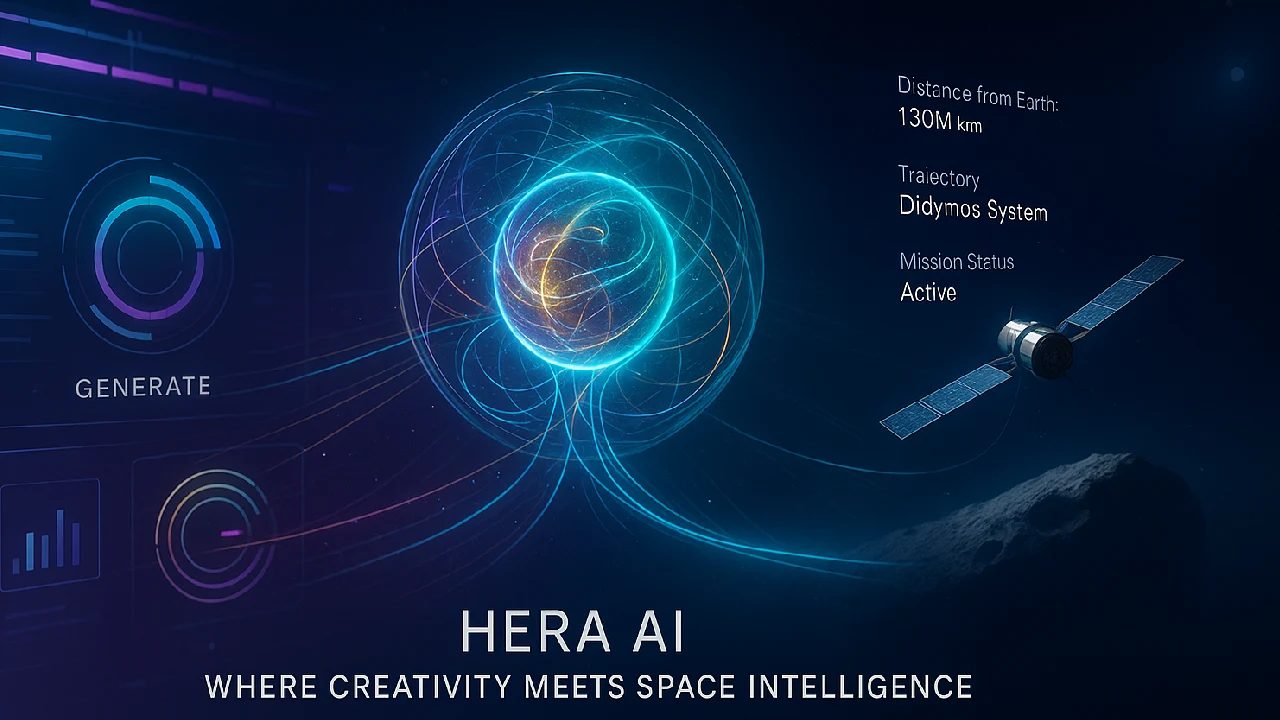The Nvidia H20 AI chip is a powerful graphics processing unit (GPU) designed mainly for the Chinese market. Nvidia created this chip to follow U.S. export rules while still providing strong performance for artificial intelligence (AI) tasks.
In this blog, we’ll explain what Nvidia H20 is, look at its technical specifications, performance, and price, and see how it fits into the growing demand for AI hardware.
What Is the H20 Chip?
The H20 chip is part of Nvidia’s “Hopper” family of GPUs. It was specially developed after the U.S. government restricted the export of high-end chips like the H100 and A100 to China. To continue doing business in China, Nvidia designed the H20 Nvidia chip with slightly lower specs that meet export rules but still support AI applications like machine learning and large language models (LLMs).
So, if you’re wondering what is the H20 chip, it’s basically a modified version of Nvidia’s top-tier GPUs, made to comply with export regulations but still capable of handling advanced AI tasks.
Nvidia H20 Technical Specifications
Here’s a comparison table to understand how the Nvidia H20 technical specifications stack up:
| Specification | Nvidia H20 GPU | Nvidia H100 GPU |
|---|---|---|
| Architecture | Hopper | Hopper |
| FP8 Performance | Around 296 TFLOPS | Around 1,979 TFLOPS |
| FP16 Performance | Around 592 TFLOPS | Around 989 TFLOPS |
| GPU Memory | 96 GB HBM3 | 80 GB HBM3 |
| Memory Bandwidth | ~3.6 TB/s (estimated) | 3.35 TB/s |
| Connectivity | PCIe Gen5 only (No NVLink) | NVLink + PCIe Gen5 |
| Target Market | China (export-compliant) | Global (no restrictions) |
The H20 has more memory (96 GB) than the H100, which helps when running large AI models, even if it’s a bit slower in raw power.
Why Nvidia Created the H20 Chip
The U.S. restricted the export of top AI chips to China in 2023. As a response, Nvidia introduced the Nvidia H20 chip — along with the L20 and L2 — to keep serving Chinese companies while staying within legal limits.
The objective was straightforward: provide a chip that satisfies AI requirements while remaining compliant with the new regulations.
What Can the Nvidia H20 AI Chip Do?
Even though it’s not as powerful as the H100, the H20 Nvidia chip is still excellent for:
- Training large language models (LLMs)
- Generative AI (like ChatGPT, image creators, etc.)
- Inference tasks (fast responses from pre-trained models)
- Running AI in big cloud data centers
Its 96 GB memory is very useful for running large models entirely in memory — reducing lag and improving performance.
Nvidia H20 Price: How Much Does It Cost?
While Nvidia hasn’t shared the official Nvidia H20 GPU price, reports from China suggest it’s priced between $12,000 and $14,000 per unit — much cheaper than the H100, which can cost over $30,000.
So, if you’re looking for an export-compliant chip for AI work, the Nvidia H20 price makes it an affordable and powerful option in the current market.
Comparison With Other Nvidia Chips
Here’s how the Nvidia H20 AI chip compares with the L20 and L2 (Nvidia’s other export-compliant chips):
| Feature | H20 | L20 | L2 |
|---|---|---|---|
| Performance Level | High | Medium | Entry-level |
| AI Use Case | Training + Inference | Inference only | Basic AI Tasks |
| Memory | 96 GB | 48 GB | 24 GB |
| Estimated Price | $12K–14K | $8K–10K | $4K–6K |
If your AI work is heavy and memory-focused, the H20 is the best pick among these.
Limitations of the H20 Chip
Here are a few downsides of the Nvidia H20 AI chip:
- It doesn’t support NVLink, so it’s harder to scale across multiple GPUs.
- Lower FP8 speeds mean it’s not ideal for training the biggest AI models.
- It was made mainly for regulation compliance, not pure performance.
Still, in the Chinese market—where faster chips are banned — the H20 Nvidia chip is one of the top choices.
Final Thoughts: Is the Nvidia H20 Worth It?
Yes, for AI developers in China, the Nvidia H20 chip is a smart option. It delivers solid performance, a large memory size, and a reasonable price — all while following the rules.
To recap:
- The Nvidia H20 AI chip is based on the Hopper architecture.
- It offers 96 GB memory, strong bandwidth, and can handle LLMs and generative AI.
- It’s affordable compared to banned chips like the H100.
- It’s export-friendly and designed for Chinese AI companies.
In a time when AI demand is rising fast, the H20 Nvidia chip fills a critical gap — making AI more accessible even under strict export rules.







